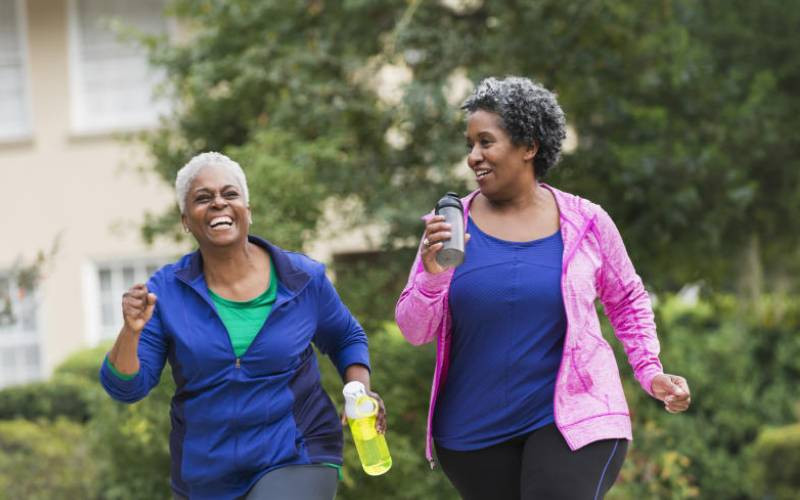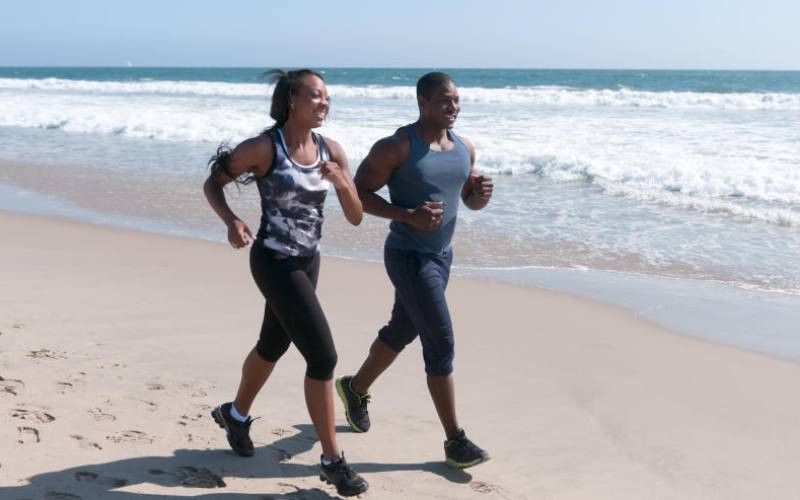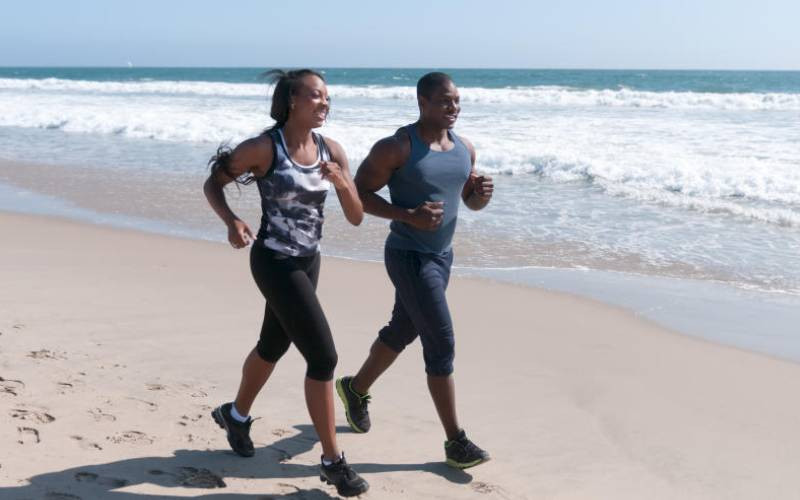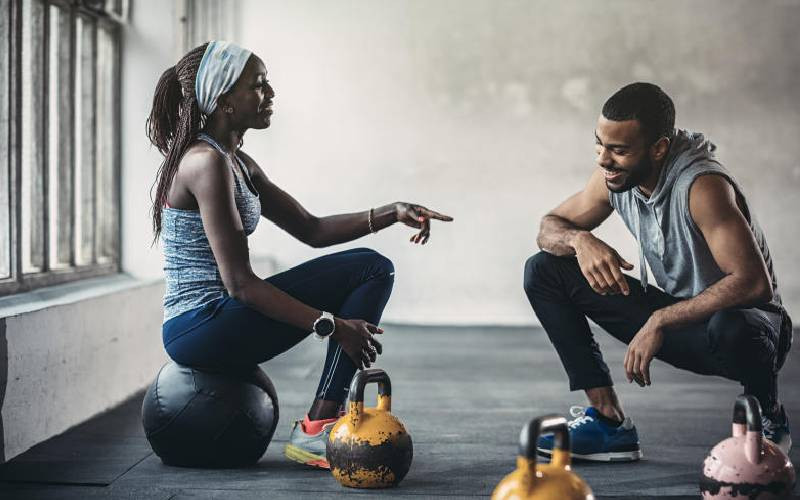
Unilateral exercises are those that isolate and use one side of the body, as opposed to distributing the weight evenly between both sides. We are all naturally dominant on one side, and our dominant side is always stronger.
For example, if you always take the first step up a flight of stairs with one foot, then that leg is dominant, and therefore stronger. You have also probably noticed that the arm you write with is stronger than the other.
While all this is natural, it can lead to overcompensation by the stronger side. You may not notice it while you are young and fit but, as you get older, you may begin to feel aches and pains on one side of your body.
You are also more likely to feel the outcome of this imbalance if you have an active lifestyle, manifesting in overuse injuries on the dominant side.
Benefits of unilateral training
This is where unilateral training comes in. Unilateral training can fix muscular imbalances by:
- Building core strength and stability
- Creating symmetry by making your weaker side work independently
- Avoiding overtraining your dominant side
- Improving balance
Unilateral exercises are simply one-sided or one-limb exercises, so exercises such as lunges, step ups, one arm curls, tricep extensions and presses and single-leg deadlifts should regularly be incorporated into your workout.
Ways to include unilateral exercises
· Always start with your weaker side as this will determine the maximum amount of weight or repetitions you can do.
· Keep the weight/repetitions the same on each side, even if one side can do more. The key is to build up your weaker side, and not make your stronger side even stronger.
· Leave more time to exercise. Unilateral training takes longer as you have to work both sides so expect your sessions to be longer.
· Staying in the 5-12 rep range will help your weaker side catch up faster.
Have you ever cried on public transport? The Standard Group Plc is a multi-media organization with investments in media
platforms spanning newspaper print
operations, television, radio broadcasting, digital and online services. The
Standard Group is recognized as a
leading multi-media house in Kenya with a key influence in matters of national
and international interest.
The Standard Group Plc is a multi-media organization with investments in media
platforms spanning newspaper print
operations, television, radio broadcasting, digital and online services. The
Standard Group is recognized as a
leading multi-media house in Kenya with a key influence in matters of national
and international interest.






